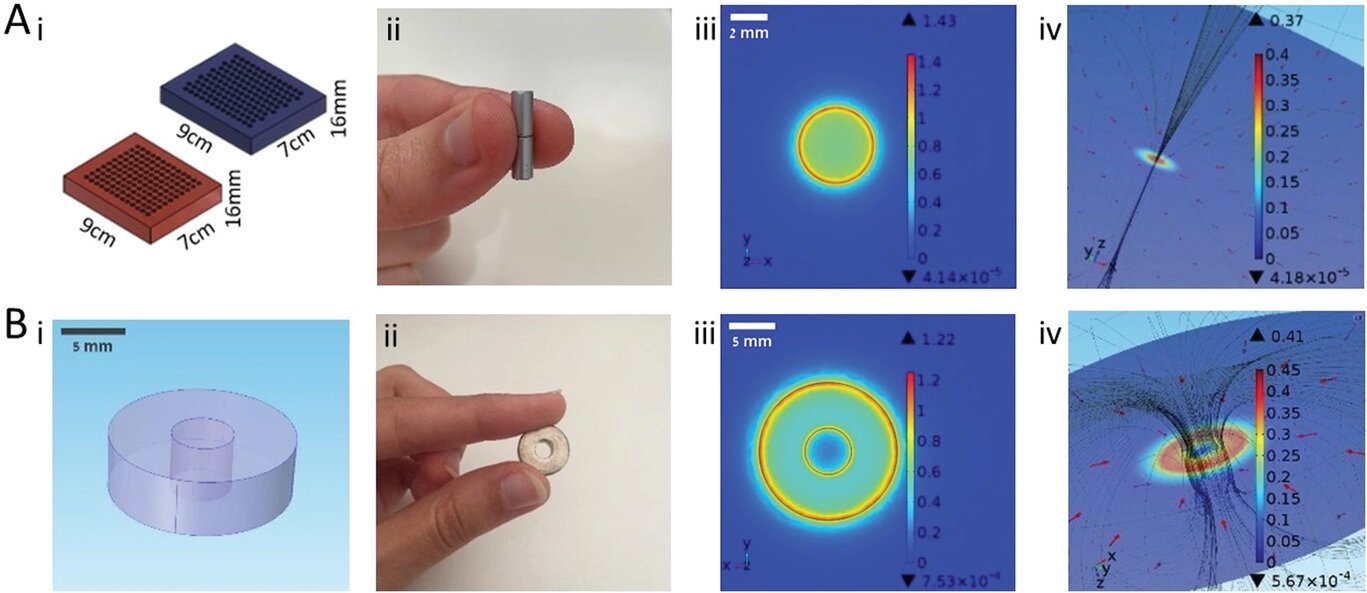
magnetic iron oxide nanoparticles tagged posts


3-D-printed microfish contain functional nanoparticles that enable them to be self-propelled, chemically powered and magnetically steered. The microfish are also capable of removing and sensing toxins. Credit: J. Warner, UC San Diego Jacobs School of Engineering.
These microrobots are powered by H2O2 and magnetically controlled. They will inspire a new generation of ‘smart’ microrobots that have diverse capabilities such as detoxification, sensing and directed drug delivery, the nanoengineers of University of California, SD said.
The technique used to fabricate the microfish provides many improvements over other methods with locomotion mechanisms, eg microjet engines, microdrillers and microrockets...
Read More






Recent Comments